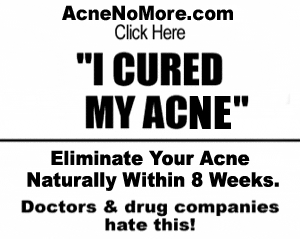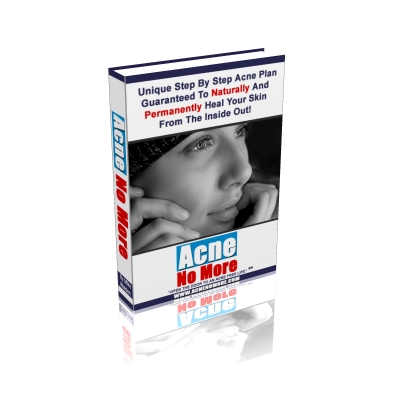Understanding Acne: Causes, Treatment, and Control
Acne, also known as pimples, is a common skin condition that primarily affects teenagers but can also manifest in adults. It predominantly appears on the face, but it may also develop on the back, neck, shoulders, and chest. Acne does not discriminate based on race or gender; it affects both males and females of all races equally.
The medical term for acne is Acne Vulgaris. Its diagnosis is based on the formation of skin lesions, which can take different forms such as blackheads, whiteheads, and cysts. Cysts occur when a pore becomes completely blocked. During puberty, acne is most prevalent due to the excessive production of sebum. Sebum is an oily substance that keeps the hair and skin soft and lubricated. The increased sebum production during puberty leads to oiliness of the skin and clogging of pores.
Visit: Cystic Acne: Serious Cures for Serious Acne
Puberty also triggers an increase in the production of follicle cells. When dead follicle cells mix with sebum, they accumulate and cause the formation of whiteheads. This mixture of oil and dead cells provides an ideal environment for bacteria to thrive, leading to the swelling and redness commonly associated with pimples.
Acne affects approximately 85% of individuals between the ages of 12 and 24. Out of this population, around 25% will experience acne on their back and/or neck, in addition to the face. The severity of the condition prompts about 40% of these individuals to seek medical treatment.
The face, particularly the forehead, nose, and chin, is the most commonly affected area by acne. The back follows as the next prevalent area, with the neck, chest, and shoulders also prone to acne breakouts.
While most people outgrow their acne problems by their twenties, some individuals continue to experience acne into adulthood. In fact, adult-onset acne occurs more frequently in men than in women.
Acne can have significant emotional and psychological implications. Its impact on appearance directly influences self-image and self-esteem. Teenagers, in particular, are vulnerable to the blow on their self-confidence, which may lead to withdrawal, depression, anger, and frustration.
Fortunately, numerous treatments are available to address acne-related concerns in today's era. One of the primary measures to prevent or alleviate acne is to maintain clean and oil-free skin. Regularly washing the commonly affected areas with soap and water, especially after perspiration-triggering activities, is usually sufficient. Additionally, a wide range of prescription and over-the-counter medications exists to aid in acne control.
In cases where acne is severe, consulting a dermatologist is advisable. Dermatologists can prescribe skin medications and antibiotics to combat bacteria. They can also provide guidance on lifestyle and dietary changes that might help improve the condition.
If you're looking for comprehensive solutions to permanently cure acne, an informative e-book is now available. This e-book reveals unique holistic strategies to address acne, ensuring a lasting remedy. Say goodbye to failed attempts with drugs, over-the-counter remedies, and their unpleasant side effects. Take the first step towards clear skin today! Click Here --> [AcneNoMore.com]


















0 Comments